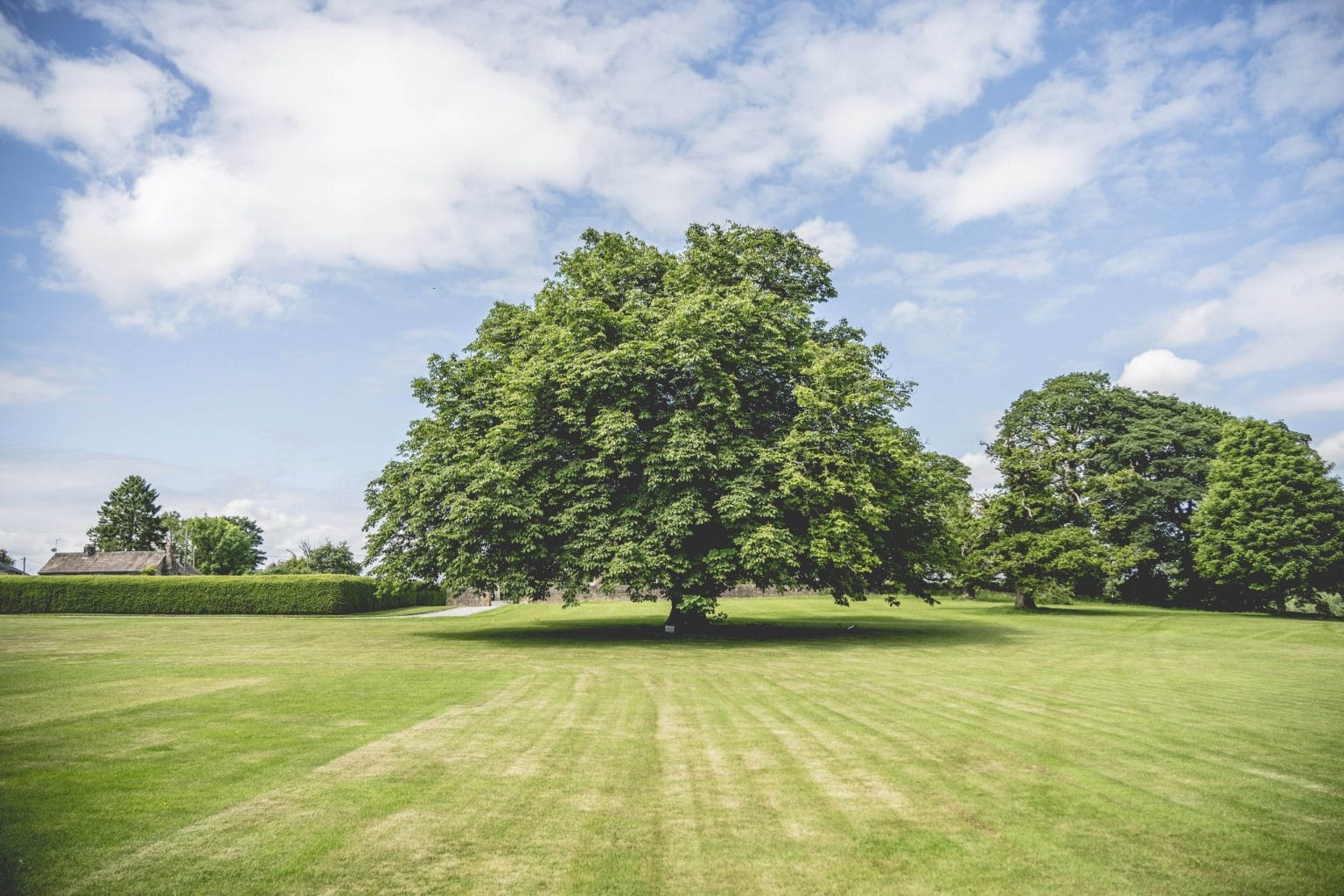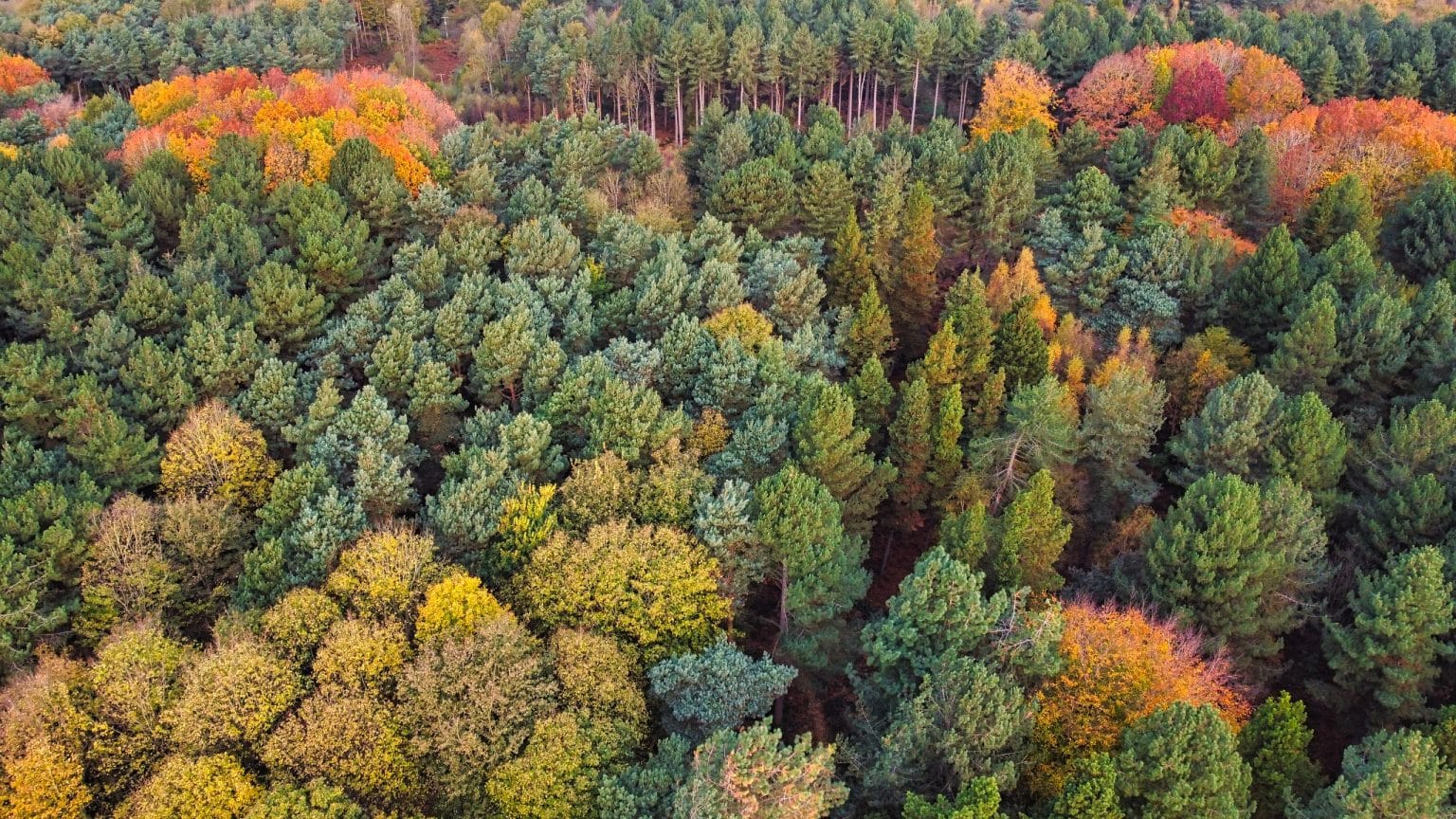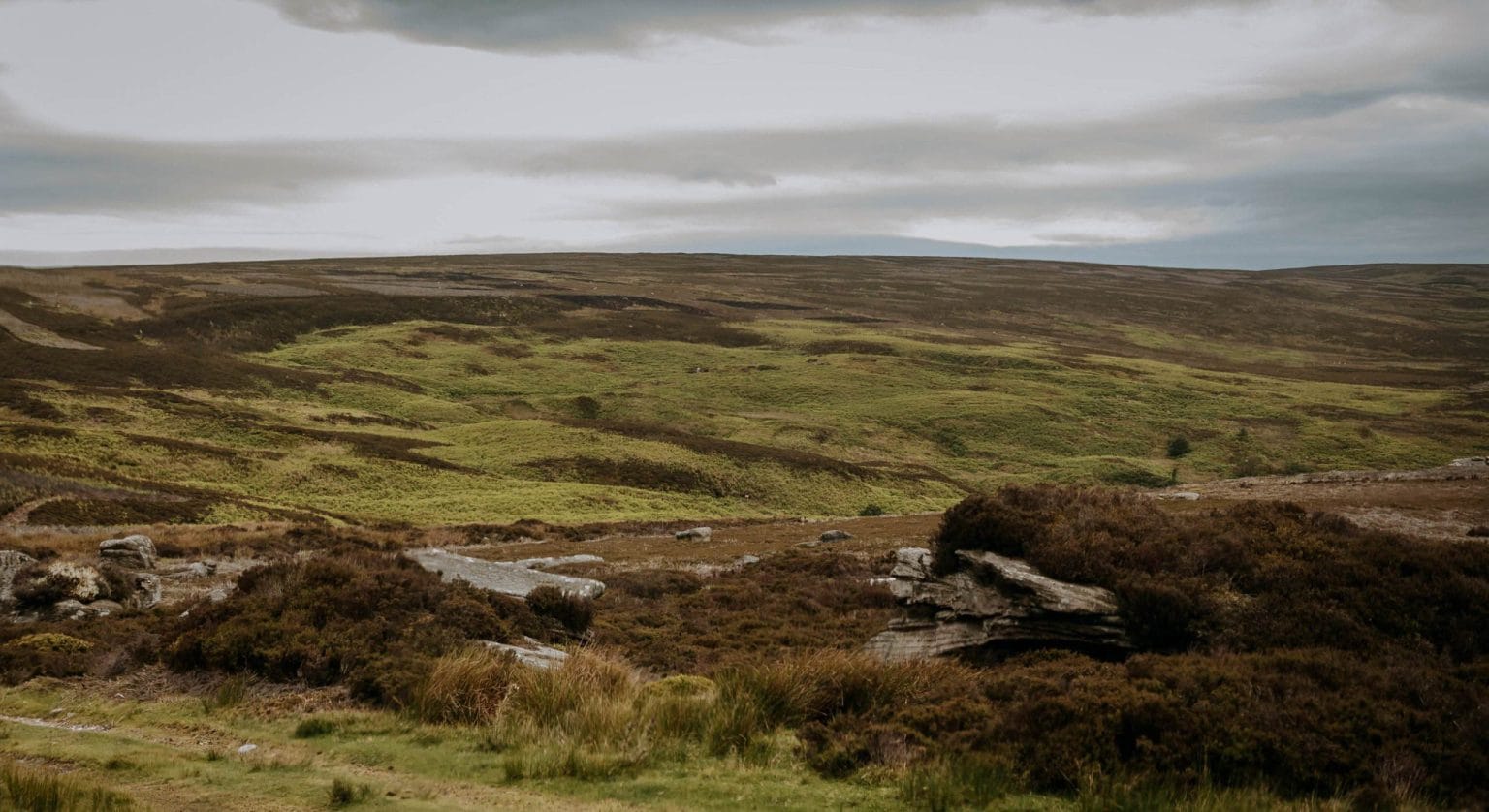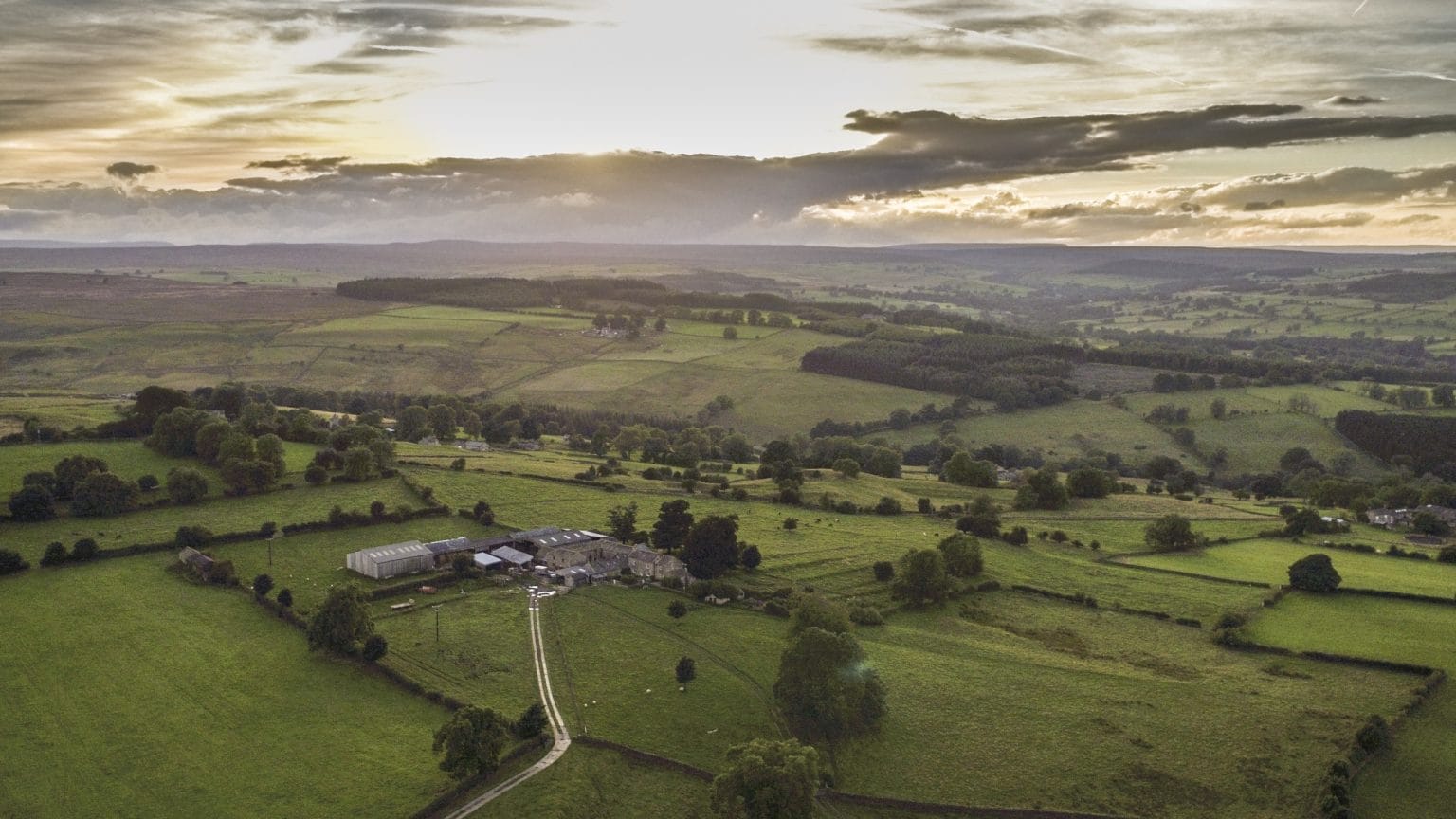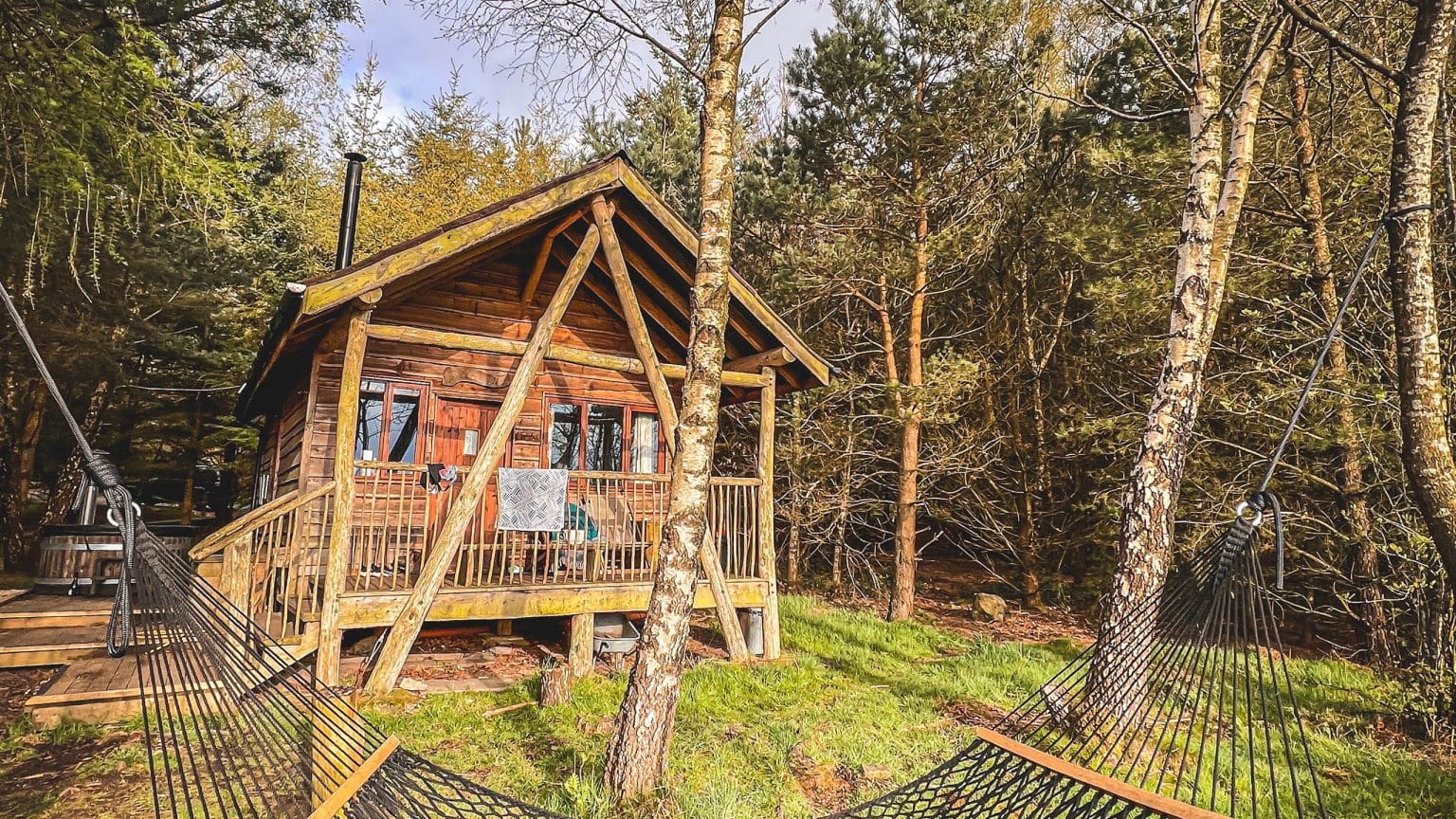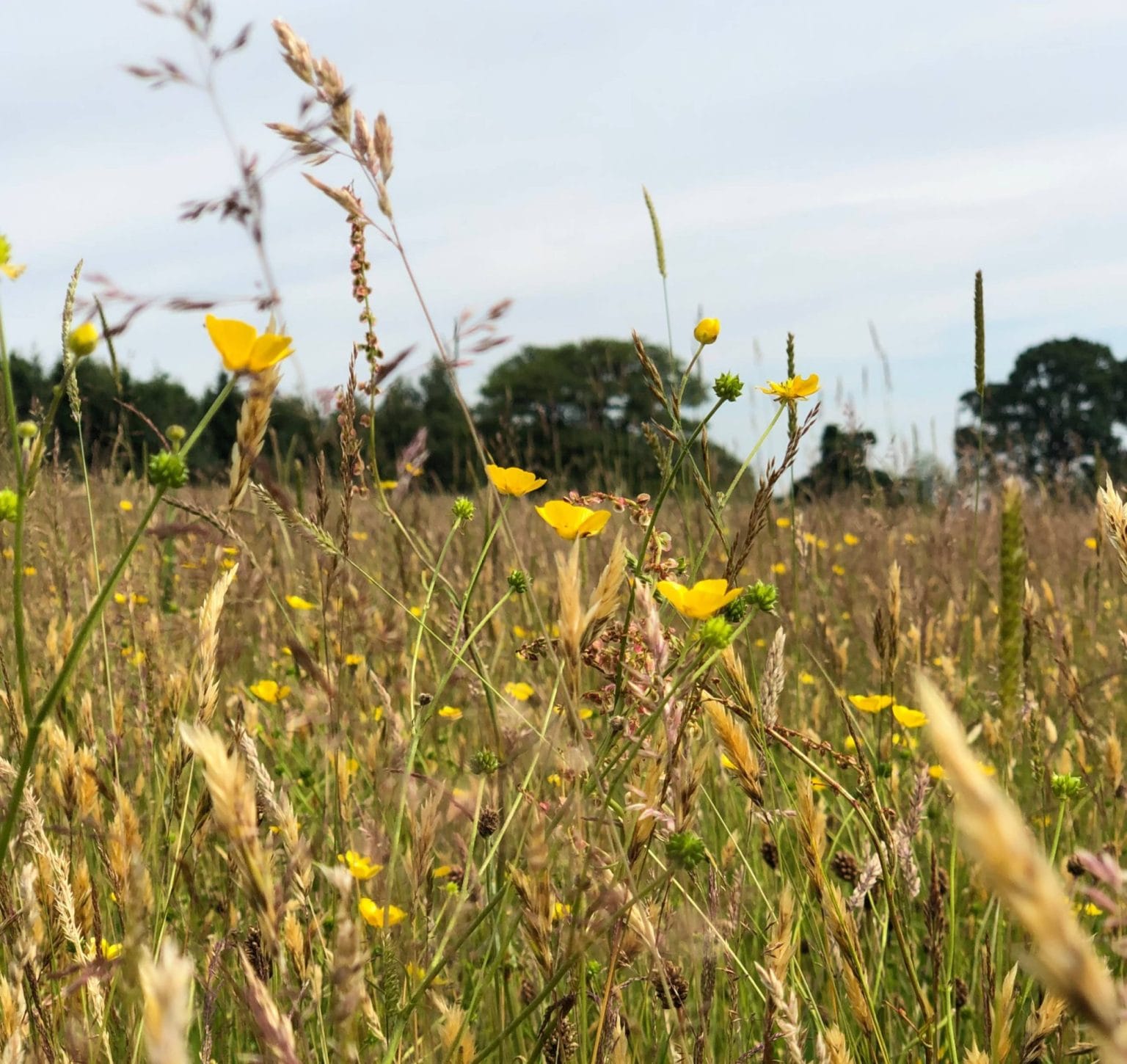Walled Garden Restoration
Creating a working garden from scratch with over 60 varieties of fruit, herbs and vegetables.
Swinton Park was sold by the family in 1975 and bought back in 2000. During this time the Walled Garden fell into disrepair and had a number of uses including pheasant rearing and growing Christmas trees. On buying the castle back, the restoration works started and once the nursery had been cleared, the planting programme began.

Over sixty varieties of fruit, herbs and vegetables are now cultivated, all of which supply Samuel’s, Cookery School, Terrace and Bivouac kitchens. There is also an extensive cutting garden providing seasonal flowers for the castle. Organic practices are employed at every opportunity, such as using sheep’s fleeces to control weeds and release nitrogen into the soil, and growing tomatoes in organic straw bales. This all helps improve biodiversity and soil health, and eliminates the need for pesticides.

Food miles are also kept to a minimum on the Estate with the establishment of good working relationships between the chefs and the tenant farmers that supply beef, pork and lamb. Wild foraged ingredients and game are plentiful, along with venison from the deer herd in the Parkland.

